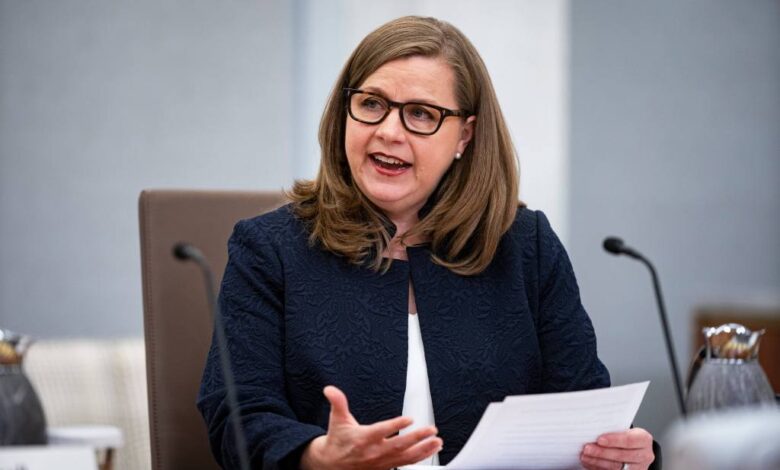Fed’s Michelle Bowman warns rate cuts declaring victory too soon

A top Federal Reserve official warned Friday that the central bank risks prematurely declaring victory over inflation with its vote for a jumbo interest rate cut.
Fed Governor Michelle Bowman was the sole dissented voice on the Federal Open Market Committee in its 11-1 decision to slash rate by 50 basis points instead of a quarter-point cut on Wednesday.
“The committee’s larger policy action could be interpreted as a premature declaration of victory on our price stability mandate,” Bowman said in a statement on Friday.
“I believe that moving at a measured pace toward a more neutral policy stance will ensure further progress in bringing inflation down to our 2% target.”
It was the first dissent by a member of the Fed’s Board of Governors in 19 years, and highlighted the still unresolved issue of how fully Fed Chair Jerome Powell had the backing of the FOMC’s 12 voting members and seven non-voting participants in beginning a new cycle of rate-cutting with the 50-basis-point reduction.
Only voting members of the committee, including the seven Fed governors and five of the 12 reserve bank presidents at any given meeting, can dissent.
Economic projections issued by other Fed policymakers alongside the policy statement on Wednesday showed many seemed inclined towards a quarter-percentage-point cut, though the “dot plot” reflecting officials’ rate outlook does not indicate how many of them were non-voters with no option to register an objection.
Fed Governor Christopher Waller said inflation data in the weeks leading up to the Fed’s September meeting pushed him to vote in favor of the larger cut.
Waller said instead of looking at just the core consumer price index and producer price index, he looked at the personal consumption expenditures price index — the Fed’s preferred inflation gauge.
The PCE has risen at an annualized rate less than 1.8% over the last three months, even lower than the Fed’s goal of 2%, he said.

“If the data starts coming in soft and continues to come in soft, I would be much more willing to be aggressive on rate cuts to get inflation closer to our target,” he told CNBC.
But Bowman said she is worried that strong demand could continue to drive prices upward.
“I am also taking signal from continued solid growth in the spending data, especially consumer spending, reflecting a healthy labor market,” she said. “Inflation remains above our 2% goal, as core personal consumption expenditures prices are still rising faster than 2.5% from 12 months earlier.”




